The USDA provides county level cash rental rate estimates.
Here is the link to the report for the northwest.
Are these rates fair for tenants and landlords? As an economist, I’m obligated to say, “it depends”.
Comparing to what others are paying can be problematic.
Charging what others are charging may not be appropriate for a particular farm. Many landlords and tenants want someone else to tell them what the rental rate should be. Be sure to ask around and compare to many other rental rates. Don't just base your lease on what one tenant is willing to pay while losing money.
- Rumors about cash rents may be vastly different than what can be negotiated. A tenant overpaying and going out of business is costly for the landowner.
- Not all land is created equal.
- Differences in conservation practices and easements make a large difference.
Other methods:
- A landowner might look at the value of the land and set a target rate of return on the investment. Take for example land purchased for $10,000 per acre with an expected 3% rate of return. The rental rate would be $300 per acre. However, the purchase price of the land usually assumes long-term appreciation as part of the valuation. Tenants paying cash rent take on all the production risk. In a world where most of the rental rates are below $100 per acre, it would be difficult to extract $300 per acre no matter what the prices of the land.
- Comparing to crop share. This is tricky because we are left with the question, “What is a fair crop share”. If there are examples of crop share agreements in the area, start there. No matter what, the cash rental rate should be lower than what the landowner receives in a share rent. In a cash rental situation, the landowner doesn’t take on the production risk the way the farmer does.
- Comparing to gross revenue. Cash rents tend to follow gross revenue. The same problem exists as with crop share, “What is a fair share”?
Other Considerations:
- Noxious weed control is valuable. Many landowners just want the property cared for.
- Property taxes. Ag-exempt tax status lowers the landowner’s property tax burden. Often that per-acre reduction in taxes is more than the cash rent.
There are farmers paying $1000 per acre cash rents and making good money. There are unprofitable deals where the rent is zero. It is safe to use neighboring counties and the USDA data as a starting place to negotiate, from there consider fundamental care of the land, crops grown, comparable leases, taxes, input prices, duration of the lease, etc.…
